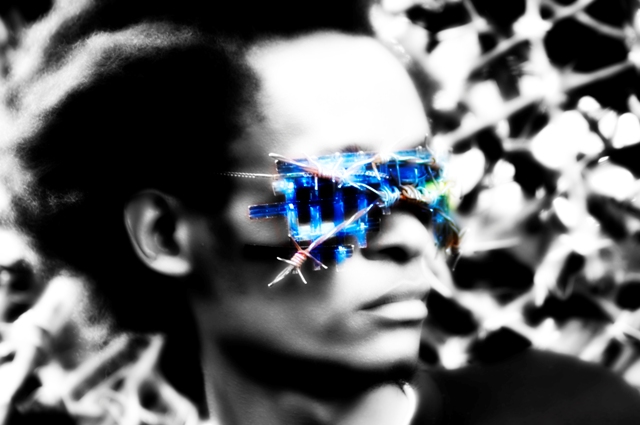News from Civsy, based on generative AI tools and augumented real time data search.The streets of Dhaka transformed after Prime Minister Sheikh Hasina's government fell in August. Student protesters, led by young artists like Taslima, 19, painted murals as “souvenirs of our new independence,” turning the sidewalks into symbols of freedom.
Bangladesh has a rich history of art shaping political movements. Zainul Abedin’s Dhaka art school produced generations of artists, but over 15 years, government restrictions silenced many. During the “monsoon revolution,” artists reclaimed their voice. Murals now tackle progress and taboos like Indigenous repression, topics mainstream artists avoided, says Drik founder Shahidul Alam.
Protest art also returned powerfully. Satirical platform Earki, led by Simu Nasser, critiqued authority through bold cartoons, even under threats. Artist A. Asan used woodcuts and banners to protest: “Art is my weapon.” Other artists joined demonstrations, their works blurring fear and freedom.
The interim government now embraces art, hosting exhibitions of revolutionary pieces. Mustafa Zaman of Shilpakala Academy tells The Art Newspaper, “Art must address the grey areas—it drives change”.
Various art forms to express dissent
Artists played a crucial role in Dhaka's fight for freedom during the recent student-led revolution in Bangladesh. The creative community utilized various art forms to express dissent, inspire change, and document the struggle against oppression. The artistic community's involvement in Dhaka's fight for freedom demonstrates the power of creative expression in political movements. By using various art forms, artists not only documented the struggle but also inspired and united people in their quest for change and justice.
Visual Arts and Street Art
Murals and graffiti became powerful tools of resistance across Dhaka:
Students and artists transformed city walls into vibrant canvases, creating murals that captured the imagination of people yearning for change[6].
Iconic figures from the protests, such as Abu Sayeed, were immortalized in murals. One mural at Dhaka University depicts a blue sky with birds, symbolizing freedom, with text honoring Sayeed's sacrifice[6].
Graffiti artists portrayed Abu Sayeed with open arms, symbolizing defiance against police brutality[9].
Some murals incorporated superhero imagery, depicting characters like Batman and Wonder Woman as symbols of justice against oppression[4].
Posters and Graphic Design
Illustrators and graphic designers contributed significantly to the movement:
They created awareness posters and called for justice through their artwork[1].
Debashish Chakrabarty, a diasporic Bangladeshi creator, produced over 100 posters for the student protests[1].
The Bangladesh 2.0 Collective distributed free poster designs, which became symbols of alliance with the revolution[1].
Performance and Music
Artists used various performative mediums to express resistance:
A rally organized by "Artistes Against Genocide and Oppression" featured live performances, poetry recitations, and artwork displays[2].
Protesters chanted "Awaaz Utha, Bangladesh," a chorus from the rebel rap "Awaaz Utha" by Hannan Hossain Shimul, whose detention fueled further protests[2].
Digital Activism
Social media played a crucial role in amplifying the artistic resistance:
Images of murals and artwork flooded platforms like Facebook, X, and Instagram, reaching a wider audience[6].
After Abu Sayeed's death, red display profile photos on social media symbolized unity and resistance[9].
Citations:
[1] https://hyperallergic.com/942546/bangladeshi-artists-look-to-the-future-after-student-revolution/[2] https://www.thedailystar.net/entertainment/theatre-arts/news/brushes-and-banners-creative-community-leads-rainy-revolt-dhaka-3668131[3] https://www.thedailystar.net/supplements/news/serenading-the-sublime-souls-the-soil-1840558[4] https://www.undp.org/blog/dhakas-gotham-bangladesh-revolution-political-art-and-road-ahead[5] https://www.historyforpeace.pw/post/liberation-war-in-images-paintings[6] https://businesspostbd.com/national/a-chorus-woven-with-screams-of-defiance-and-rebellion[7] https://www.observerbd.com/news.php?id=233717[8] https://somethingcurated.com/2021/12/09/dhaka-based-curator-ruxmini-choudhury-reflects-on-50-years-of-bangladeshs-independence/[9] https://en.banglaoutlook.org/editors-pick/235206







